Understanding the Working Principle and Common Issues of Diaphragm Carburetors
Introduction
Diaphragm carburetors are essential components in various machines, serving a crucial role in fuel delivery and combustion processes. In this blog post, we will explore the structure, functionality, and working principles of diaphragm carburetors, shedding light on their common applications and potential issues.
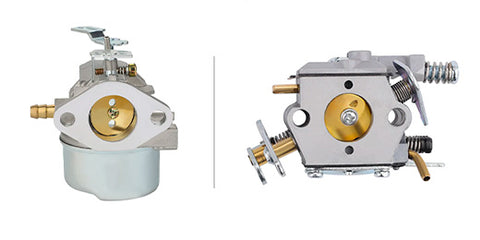
Structure and Applications
Diaphragm carburetors, known for their versatility and efficiency, consist of key components such as the intake port, negative pressure port, and fuel inlet. These carburetors find widespread use in small engines, motorcycles, chainsaws, and other machines requiring precise fuel-air mixture control. The intricate design of these carburetors ensures optimal performance in diverse operating conditions.

Intake Port: This is where air enters the carburetor.
Negative Pressure Port: Connected to the piston, it plays a crucial role in creating the necessary vacuum for fuel delivery. The negative pressure port is as below.

Fuel Inlet: This is the entry point for fuel into the carburetor. Picture below.

Functionality and Working Principles:
Diaphragm carburetors integrate the functions of both a fuel pump and a carburetor, simplifying the fuel delivery process. Understanding their working principles involves examining the diaphragm's behavior as the piston moves through different positions.
Upward Movement of Piston: As the piston moves upward, the negative pressure tube generates pressure, transferring it to the diaphragm. This upward motion creates a sealed area within the diaphragm, inducing a vacuum at the fuel inlet. Through a unidirectional valve, fuel is drawn into the recessed area covered by the diaphragm.

Downward Movement of Piston: When the piston moves downward, positive pressure is transmitted through the negative pressure tube, causing the diaphragm to move downward. This action compresses the previously drawn fuel, pushing it into the carburetor's metering chamber for precise fuel measurement.

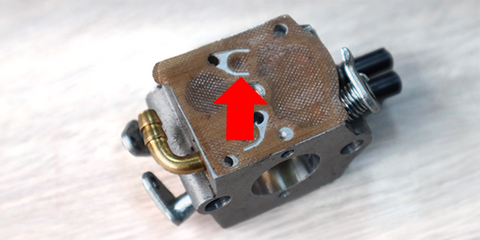
one-way valve on diaphragm carburetor
Metering and Combustion:
The metering chamber, equipped with a diaphragm featuring a metal protrusion, plays a crucial role in regulating fuel flow. As the piston moves upward, the diaphragm lifts the metal protrusion or presses down on a metal needle, allowing gasoline from the upper chamber to flow through holes. The mixture then passes through the idle screw (L screw) and high-speed screw (H screw), reaching the combustion chamber after atomization.
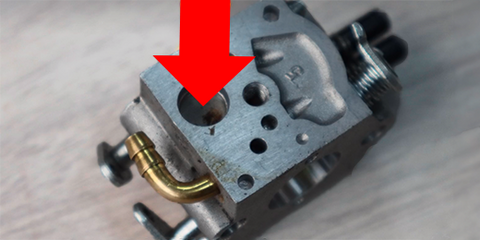
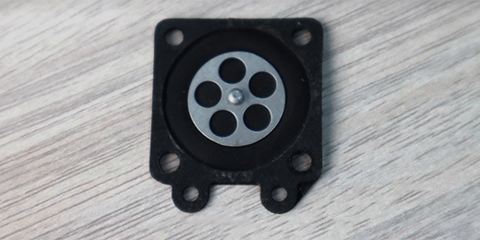
metal protrusion
Diaphragm carburetors, with their ingenious design and dual functionality, contribute significantly to the efficiency of various machines. By comprehending their structure and working principles, users can better appreciate the importance of these components. However, like any mechanical system, diaphragm carburetors are susceptible to issues such as clogging or wear over time, emphasizing the need for regular maintenance to ensure optimal performance.
Common Problems and Troubleshooting of Diaphragm Carburetors
Stiff Diaphragm
Symptoms: Difficulty in starting the engine, poor acceleration, or irregular idling.
Troubleshooting: Check for dirt, debris, or varnish accumulation on the diaphragm. Clean the diaphragm and surrounding components, ensuring smooth movement. If the diaphragm is damaged or worn, replace it with a new one.
You could find the new diaphragm for your carburetor here
Blocked Holes:
Symptoms: Engine stalling, uneven performance, or loss of power.
Troubleshooting: Inspect the carburetor for clogged or obstructed fuel and air passages. Clean the carburetor thoroughly, paying special attention to tiny holes and channels. Use carburetor cleaner and compressed air to remove any debris. Regularly clean and maintain the carburetor to prevent future blockages.
Damaged Non-Return Valve:
Symptoms: Fuel leakage, poor fuel delivery, or flooding.
Troubleshooting: Examine the non-return valve for wear, tears, or damage. If faulty, replace the valve with a new one. Ensure that the valve is seated correctly and functions properly to prevent fuel from flowing back into the carburetor when it should be closed.
Idle Issues - Incorrect Mixture:
Symptoms: Rough idling, stalling at low speeds, or difficulty maintaining a stable idle.
Troubleshooting: Adjust the idle mixture screws (L screw) and (H screw) to achieve the correct air-fuel mixture. If the idle remains unstable, clean the carburetor, paying attention to the idle circuit. Check for vacuum leaks, gaskets, or seals that may be compromised, affecting the mixture.
Fuel Starvation or Flooding:
Symptoms: Engine runs lean (starvation) or rich (flooding), resulting in poor performance.
Troubleshooting: Inspect the fuel inlet and needle valve for proper functioning. Adjust the float level if necessary to regulate fuel supply. Ensure that the fuel pump, if present, is delivering fuel consistently. If flooding persists, check for a stuck needle valve and correct the issue.
Irregular Combustion:
Symptoms: Backfiring, misfires, or erratic engine behavior.
Troubleshooting: Verify that the diaphragm and associated components are in good condition. Check for air leaks around the carburetor and intake manifold. Adjust the high-speed screw (H screw) for optimal fuel mixture at higher RPMs. If issues persist, consult the manufacturer's guidelines for further diagnostics.
Regular maintenance, inspection, and prompt troubleshooting can help address these common issues with diaphragm carburetors, ensuring reliable performance and extending the lifespan of the engine.













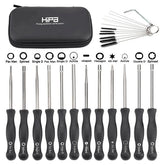
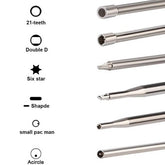
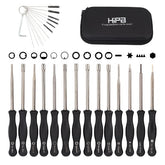
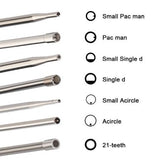






1 comment
Wow, superb weblog structure! How long have you been running a blog for? you made blogging glance easy. The overall look of your website is wonderful, let alone the content material!